The Art And Science Of Falconry
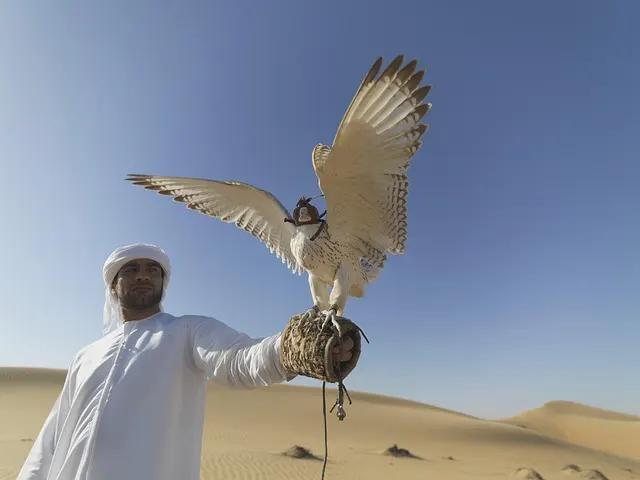
Falconry is an ancient art of training birds of prey to enable them to share the hunt with humans.
It is one of the oldest forms of interaction between human history and the animal world.
Nearly four thousand years old remains are evidence that falconry initially began as a struggle for survival, which over time transformed into a sophisticated sport, art, and cultural tradition.
Falconry represents a deep connection between human skill, the natural behavior of birds, and the natural environment.The process of training a falcon requires patience, discipline, and a deep understanding of the psychology of birds.It is not just obedience training, but a relationship of trust, communication, and mutual cooperation that is established between the falconer and the falcon.
Historical Background of Falconry:
The earliest traces of falconry date back to Mesopotamia (ancient region of Iraq and Iran) and ancient Egypt, around 2000 BC.
In ancient times, falconry has been depicted with falcons perched on their wings—
not only as a sign of participation in the hunt, but also as a sign of respect for these magnificent birds.
In the Middle Ages, falconry spread to Asia and Europe, and at one point it became a favorite pastime of kings and the aristocracy.
In Europe, the class system limited certain birds to certain classes—
for example, kings kept the Gyrfalcon, knights kept the Peregrine Falcon, and priests kept the Sparrowhawk.
In the Middle East, especially the Arab world, falconry became an integral part of Bedouin culture.
In desert life, the falcon was an indispensable hunting companion —
With the help of a falcon, the Bedouin hunted hawks and rabbits to obtain their food.
Over time, falconry became a cultural identity and a symbol of national pride, which is still celebrated today through international festivals and conservation efforts.
Understanding Falcon Behavior:
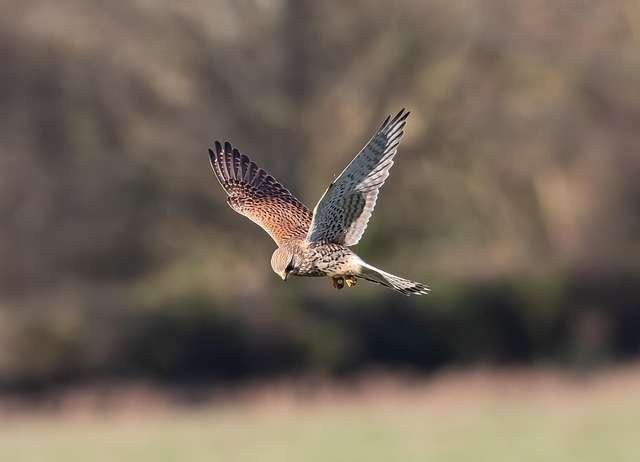
Before starting to train a falcon, the falconer must understand its natural tendencies, anatomy, and psychology.
The falcon is not a domesticated animal — it always lives with wild instincts, which are naturally developed for hunting and survival.
The falconer’s job is to direct these instincts in a systematic way, rather than controlling them.
Some of the most important falcon behaviors are:
Territoriality:
The falcon is a solitary hunter, so its independence must be respected during training. Trust is built only when the falconer takes into account its nature.
Vision:
The falcon is one of the most acutely sighted birds in the world — its eyesight is eight times sharper than that of humans.
That is why visual cues play an important role in training.
Reward-Based Motivation:
A falcon responds best to positive reinforcement, especially when it is rewarded with food.
Fear
A new or young falcon is initially afraid of humans.
No stage of training can be successful without overcoming this fear.
By understanding the falcon’s instincts, the falconer builds a relationship with the falcon through patience, gentleness, and observation.
Each falcon has a unique personality — so training is always tailored to its nature and temperament.
Equipment Used in Falconry:
The use of the correct and quality equipment in falconry is essential for the safety and success of both the falconer and the falconer.
Although these devices have remained largely the same for centuries, in modern times their materials and designs have improved to increase comfort and durability.
The main devices are as follows:
Hood:
A special leather cap worn on the falcon’s head to keep it calm and not be distracted by surrounding objects.
The cap is made specifically for each falcon according to its head structure.
Jess and Leash:
These are leather straps that are tied to the falcon’s legs so that the falconer can easily control it.
Anklets:
These are small leather cuffs that are tied to the falcon’s legs (tarsi) so that the falconer can be securely attached.
Glove/Gauntlet:
A thick leather glove is used to protect the falconer’s hands and arms,
as the falcon’s claws are very strong and sharp.
Lure:
A fake object in the form of meat or a small bird, used to train a hawk to recall.
It is spun in the air to simulate prey so that the hawk will swoop down on it.
Telemetry Equipment:
Modern falcons use GPS trackers and radio transmitters to track the falcon if it strays during training or hunting.
Each piece of equipment is used and maintained with great care,
as faulty or ill-fitting equipment can be harmful to the falcon and can interfere with training.
4. Choosing and Accustoming a Falcon:
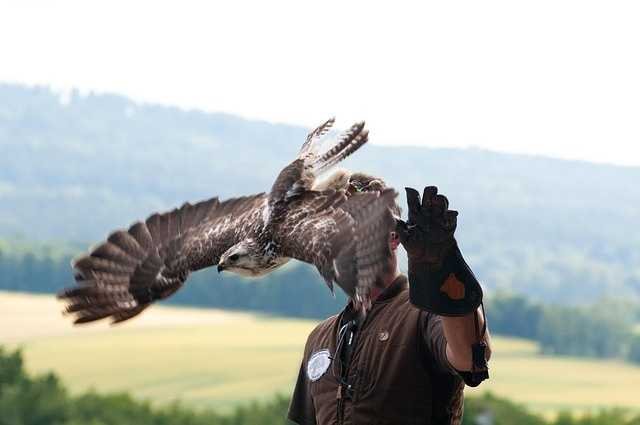
Legal means are used to buy or acquire a falcon. Nowadays, most falcons are obtained through captive-bred breeding so as not to harm the wild population.
Common types are:
- Peregrine Falcon: The fastest bird in the world, a symbol of speed and beauty.
- Scorch Falcon: Strong and suitable for desert hunting.
- Gyrfalcon: Large-sized falcon, suitable for cold regions.
- Merlin and Kestrel: Small falcons, ideal for initial training.
The first step after acquiring a falcon is accustoming, which is called Manning. During this time, the falcon is placed on the falconer’s hand daily, fed by hand, and exposed to different scenes of the environment. The goal is for the falcon to overcome its fear and trust in humans.
5. Training Stages:
Falcon training consists of several stages, which are completed with patience and consistency.
Stage 1: Manning:
This is the basic stage in which the falconer familiarizes the falconer with his presence and movements. The falconer is exposed to different sounds and sights so that it remains calm.
Stage 2: Creance Training
A creance is a long, light rope tied to the falconer’s feet. The falconer calls the falconer from a distance and rewards it. In this way, the falconer gets used to returning to the falconer.
Stage 3: Lure Training
When the falcon begins to return to the falconer’s hand regularly, the falconer introduces it to the lure. The lure is essentially a replica of prey, which the falconer practices by swooping and attacking with precision.
This training increases the falconer’s strength, speed, and accuracy of aim, as well as strengthening the bond between the falconer and the falconer.
Over time, the falconer learns that returning to the lure is a reward and a source of safety.
Stage 4: Free Flight
When the falconer returns promptly every time the falconer calls, it is considered ready for free flight.
In this stage, the falconer is released into the open air without a tether or tether. This moment is a milestone in falconry, as it demonstrates a combination of confidence, skill, and instinct.
The falconer calls the falcon back with a lure, and the falcon is equipped with telemetry devices so that it can be easily tracked if it strays.
A successful free flight is a sign that the falcon is fully prepared to hunt.
Stage 5: Hunting
The final stage of falconry training is the actual hunt. In this, the falconer leaves the falcon behind natural prey, such as pigeons, rabbits, or other birds.
During this time, the falconer’s speed, agility, and natural instincts come into their own.
When the falcon is successful in the hunt, the falconer rewards it with food, further strengthening the cooperative relationship.
Hunting in falconry is not a matter of dominance or command, but of harmony and partnership.
The falconer understands the falconer’s mood, sets his expectations accordingly, and never forces the falconer to act.
Each successful flight deepens the trust between the falconer and the falconer.
Conditioning and Fitness:
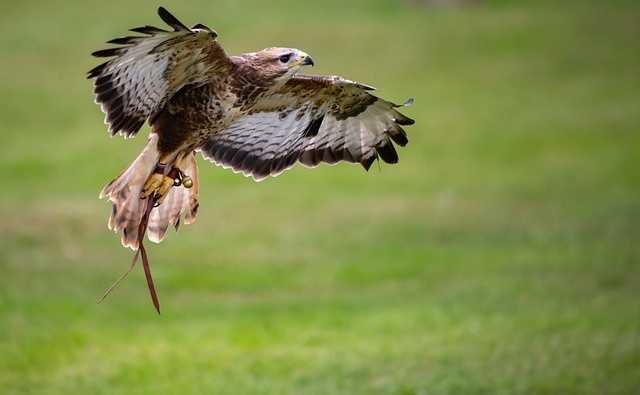
Just as an athlete needs to maintain their physical condition, a falconer needs excellent physical fitness.
This aspect of training focuses on improving the falconer’s flight endurance, muscle strength, and reaction speed.
The falconer is exercised through regular flight practice and lure training.
Food also plays a very important role. The falcon is usually fed quail, pigeon, or day-old chicks to maintain a balanced diet.
Too much food can make the falconer sluggish, while too little can make it weak or lethargic.
The falconer checks the falconer’s weight daily to ensure it is at its “flying weight” — light enough to be interesting to fly, but strong enough to hunt successfully.
Techniques for Advanced Falconry:
Expert falconers use their experience to develop more effective training methods to increase the falconer’s skill and agility.
A few advanced techniques are as follows:
Double Lure Training: Two lures are used simultaneously to test the falcon in more complex hunting scenarios.
Kiting: The falcon is flown to great heights with the help of a kite and lure to increase its endurance and habit of flying at high altitudes.
Hacking: Young falcons are released into a confined but free environment before formal training to improve their natural flying abilities.
Training with hunting dogs: Sometimes the falconer trains the falcon with dogs that hunt down prey while the falcon attacks from the air. This creates a cohesive hunting team.
All of these techniques depend on the falconer’s deep understanding, precise timing, and complete safety of the falconer.
The Role of Trust and Communication
Falconry is based on trust, not obedience.
A falcon is not a pet to be loved or obeyed—it cooperates only when it has complete trust in the falconer as a safe companion.
Communication is subtle but effective—the falconer’s posture, body language, eye contact, and gentle gestures carry meaning for the falconer.
Over time, a trained falconer will begin to respond quickly to the falconer’s cues.
This relationship is based on respect and rapport—a silent understanding that develops through patience and persistence.
Many falcons describe this relationship as a spiritual experience, a connection that transcends language—a symbol of a deep harmony between humans and nature.
Ethical and Legal Considerations
Modern falconry is conducted under strict ethical and legal regulations.
The capture of wild falcons is prohibited so as not to deplete their populations, so most falcons today use captive-bred falcons.
The ethical principles are as follows:
Nature conservation: Falconers participate in breeding and rehabilitation programs to increase wild populations, such as the Global Campaign to Save the Peregrine Falcon.
Welfare: Falcons are provided with spacious and safe cages, a balanced diet, and regular medical care.
Respect in Hunting: Hunting is always carried out in a fair and humane manner so as to avoid unnecessary suffering to the prey.
Legal compliance: Falconers are required to obtain a license and comply with local and international laws.
UNESCO has declared Falconry as an Intangible Cultural Heritage of Humanity,
Modern Technology and Falconry
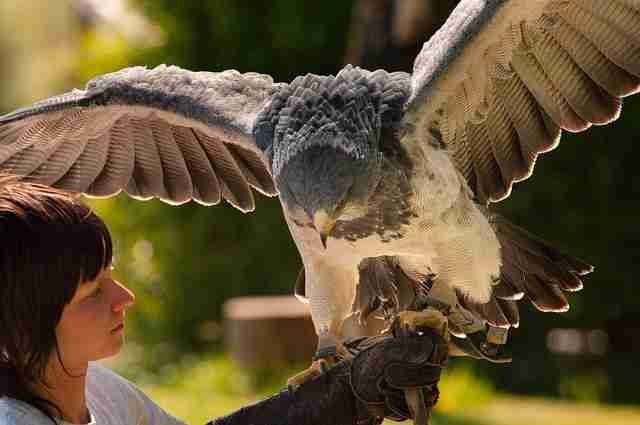
While the essence of falconry is centuries old, modern technology has given the art a new dimension in terms of security and training.
Today’s falconers use modern GPS tracking systems, lightweight telemetry transmitters, and drones to make falconry training and return training more effective and safe.
Some falconers use digital scales that are linked to mobile apps to monitor the falcon’s weight daily and ensure it is in its best physical condition.
Falcon Cams mounted on the falcons capture amazing footage of their flight and hunting skills.
All these modern innovations are a beautiful blend of tradition and technology, which are helping to keep this ancient art of falconry alive in a changing world.
Challenges and Conservation Issues
Although falconry is a great and ancient tradition, it still faces many challenges.
Habitat loss, illegal trapping, and overhunting have become threats to many species of falcons and other birds of prey.
Although the international trade in rare falcons is regulated under CITES (Convention on International Trade in Endangered Species), it is still a concern in some areas.
Many falcons have become advocates for nature conservation — they participate in falcon rehabilitation centers and educational programs.
They use their trained falcons to showcase the beauty, intelligence, and importance of these birds to the world, instilling a respect for nature and environmental conservation in new generations.
Cultural Significance
The cultural significance of falconry manifests itself in different forms in different regions of the world, but its message is the same everywhere — skill, patience, and harmony with nature.
In the Arab region, the falcon is a symbol of national pride. It is also featured on currency, national emblems, and passports.
Institutions like the Abu Dhabi Falcon Hospital are prime examples of the respect and love for the art.
Falconry is still a living tradition in Europe, where it is performed at medieval fairs and hunting competitions.
In Asia, especially from Mongolia to Japan, the training of eagles and falcons continues as both a sport and a spiritual ritual.
Thus, falconry is a global heritage that connects man to his ancient roots and the freedom of the sky.
The Philosophy of Falconry
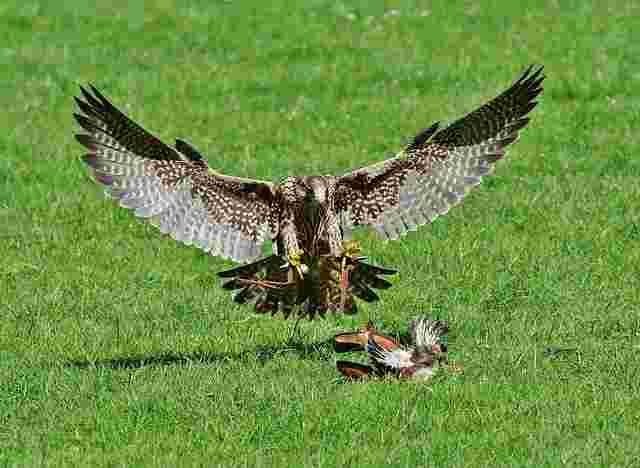
Falconry is not just an art, but a philosophy of life.
It teaches man patience, humility, and respect for the law of nature.
A falcon can never be forced into submission—it only convinces through trust, persistence, and respect.
This practice reminds man that he is not the ruler of nature, but a partner.
Falconry embodies all the human qualities that are the foundation of a balanced personality — discipline, self-control, and compassion.
Each training session is an exercise in focus and balance.
For many falconers, falconry becomes a spiritual experience — like a silent dialogue with nature.
The Future of Falconry
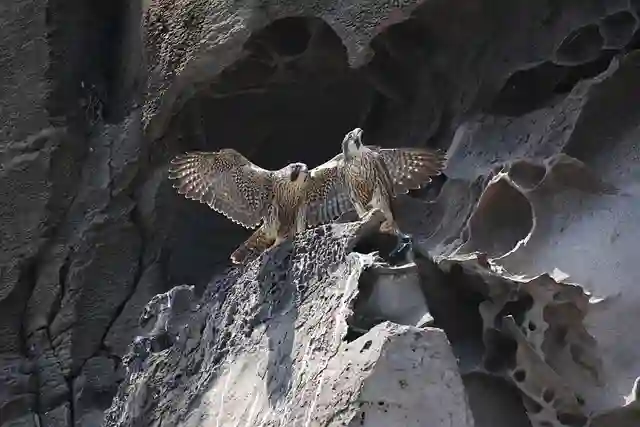
Falconry is rapidly evolving in the 21st century.
Now the art is no longer limited to hunting but has become an educational and conservation practice.
Global organizations such as the International Association for Falconry (IAF) are active in promoting falconry responsibly and ethically.
A new generation is learning falconry through regular certified programs so that this heritage is preserved and strengthened.
Modern conservation measures, ethical training, and environmental awareness have made the future of falconry bright.
Now the future of falconry is intertwined with nature conservation and ethical principles —
a future that will preserve the greatness of the past while protecting the freedom of the skies.
recognizing the universal value of this art.
